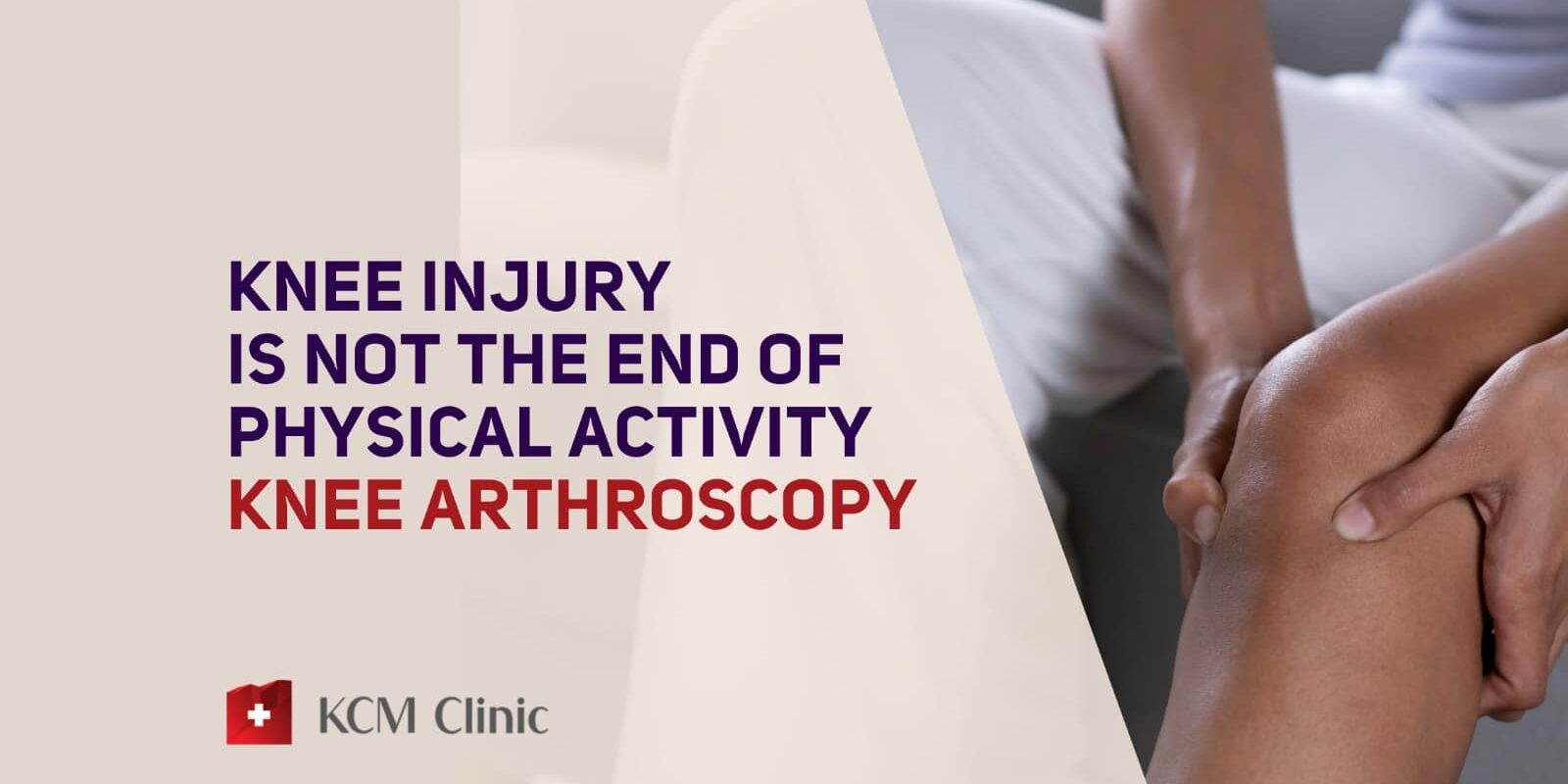Leg injuries are quite common and can be a major handicap for people involved in all kinds of sports. It is therefore worth knowing that an injury to the knee joint does not necessarily mean the end of physical activity. Arthroscopy, a surgical but minimally invasive treatment method, may be a solution. This allows a view of the inside of the knee joint and a proper diagnosis to be made. The most important information about it, including indications and the procedure, can be found in the article below.
What do you need to know about knee arthroscopy?
This method of treatment is used for patients struggling with discomfort as a result of an injury sustained during physical activity. Knee arthroscopy is performed in cases of injury or overload, as well as in the course of various diseases. It is used for recurrent swelling, restricted mobility, instability and pain.
Importantly, arthroscopy can be a diagnostic procedure to help correctly identify the type of condition, or a corrective procedure. Its aim is then to eliminate the degraded part of the knee joint causing the patient discomfort.
Indications for arthroscopy
This method is mainly used after injuries, strains or complaints caused by the course of certain diseases. Common indications for arthroscopy include:
- presence of foreign bodies,
- traumatic changes that cause blockages in the joint.
- occurrence of periarticular cysts,
- intra-articular fractures,
- neoplastic lesions,
- blockage of the knee or its mobility,
- meniscus tears,
- ruptured cruciate ligaments,
- post-traumatic or post-inflammatory lesions – rupture, synovial fold hypertrophy, meniscus
- delamination,
- advanced degenerative changes of the articular cartilage.
Due to the large number of indications for this procedure, it is often performed not only in patients struggling with damage after physical activities. Also specific diseases and emerging changes with age are recommendations to use this method. The knee joint is prone to various types of damage and conditions for which arthroscopy can be helpful.
What does knee surgery look like?
The procedure involves making two 5-8 mm incisions. Through these, a special camera is inserted to obtain an accurate image of the inside of the knee joint. This eliminates the need for large incisions on the patient’s body during arthroscopy, resulting in a quicker recovery. It also minimises the risk of post-operative infection. Due to the need for incisions, the procedure is performed under anaesthesia.
The camera used during arthroscopy allows almost all internal structures to be viewed and examined in detail. In some cases, the detected damage is already repaired during the visual inspection, so that there is no need for another surgery. This is done by inserting special surgical instruments through the incisions made at the beginning.
Preparation for arthroscopy and rehabilitation
Prior to the procedure, qualification by a doctor after a medical history is required. Certain investigations, ultrasound and MRI or CT scan may be required if necessary. In some cases, an X-ray of the knee joint prior to arthroscopy is also necessary.
A few days after the procedure, physical activities should be kept to a minimum to reduce the risk of increasing the post-operative haematoma. For 2-3 weeks after the procedure, mobility on crutches is recommended. Sutures are usually removed approximately 7 days after knee arthroscopy. It may take up to 6 weeks to return to full function, however, this is an individual matter, depending on personal health and predisposition.
A common method of treating knee joints
Because it is minimally invasive and can be used for many types of injuries and conditions, arthroscopy is often the method of choice. It allows diagnosis and treatment of the problem in a single procedure, reducing the need for repeat incisions and insertion of instruments into the patient’s body. Typically, this method is used for injuries and strains resulting from physical activities, but it is also used for various types of knee joint conditions.
Send Request
Register
Visits, hospital procedures
Bariatric Surgery Center
Plastic Surgery Center
Spine Surgery Center
Dental Clinic
OMEGA Imaging Diagnostic Center
Work hours
KCM Clinic Wrocław
Chat KCM Clinic
Locations
KCM Clinic Jelenia Góra
KCM Clinic Wrocław
Parking








